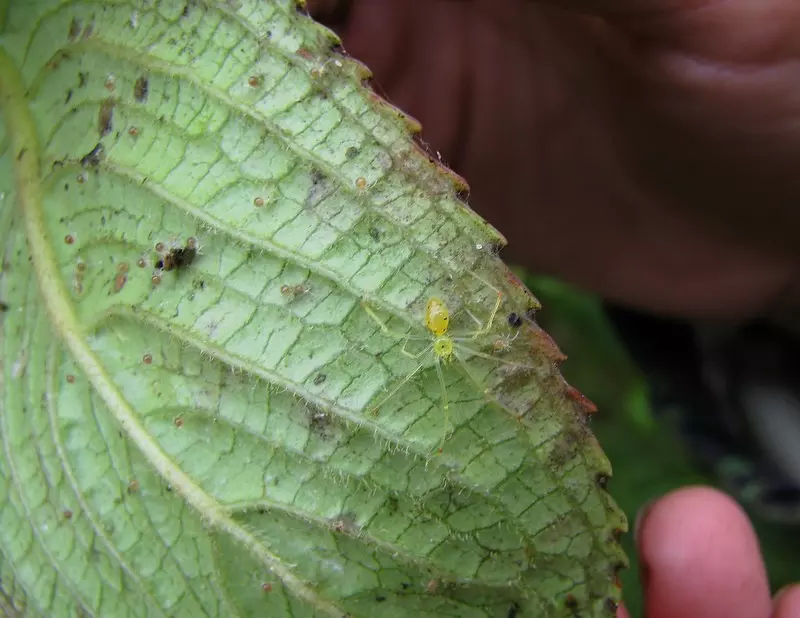
Natural and Eco-Friendly Methods for Hydrangea Pests and Diseases
Explore natural and eco-friendly methods to protect hydrangeas from pests and diseases. Learn bee-safe strategies to maintain healthy plants.
Read MoreHydrangeas are among the most cherished ornamental plants in British and North American gardens. However, their lush foliage can also attract unwanted visitors, especially slugs and small rodents. For eco-conscious gardeners, it’s essential to find gentle, wildlife-friendly methods that protect plants without causing harm. In this article, we’ll explore non-lethal, sustainable ways to keep your hydrangeas safe—without upsetting nature’s balance.
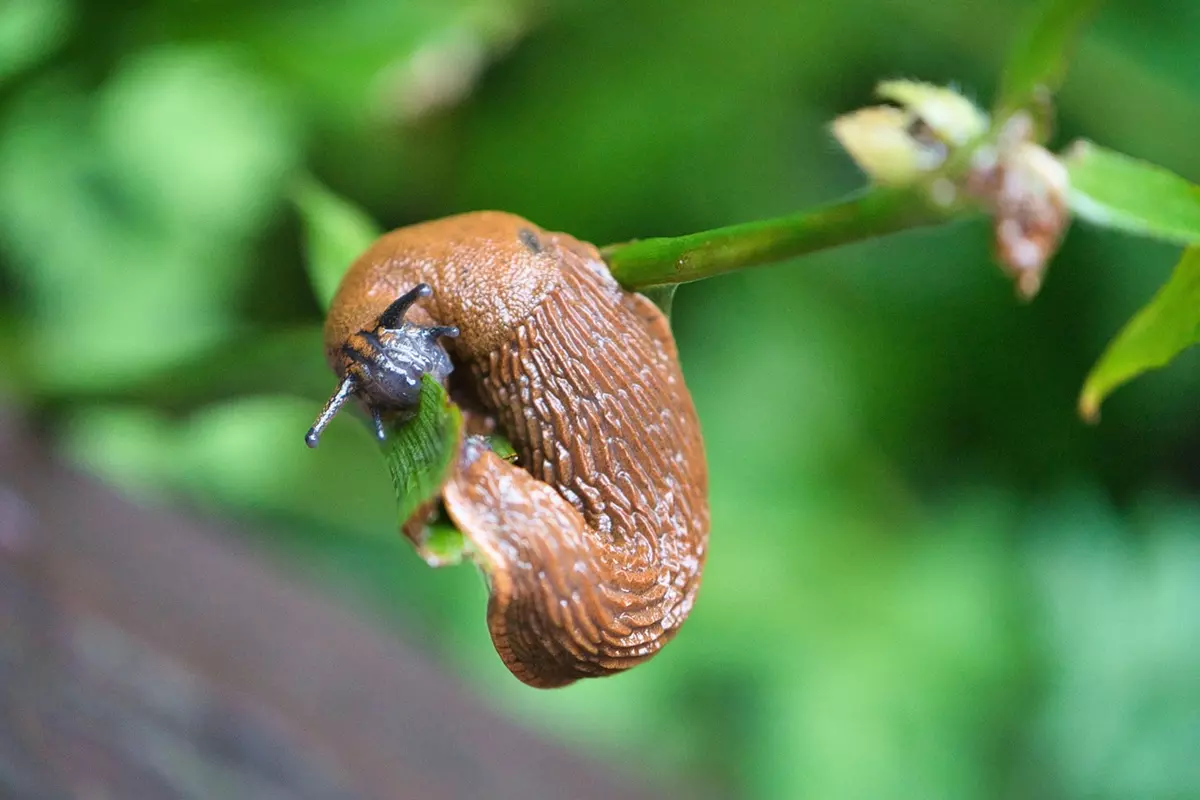
In the context of British and North American gardens, slugs and rodents are two of the most persistent and frustrating intruders—especially for those of us who grow lush, moisture-loving plants like hydrangeas. These pests tend to emerge quietly and often go unnoticed until real damage has occurred, leaving gardeners disheartened and plants weakened.
Slugs—particularly species like the invasive Spanish slug (Arion vulgaris)—thrive in damp, shady conditions and are primarily nocturnal. They feed on the tender leaves, young shoots, and sometimes even the flower buds of hydrangeas. You might spot ragged holes in the foliage, or discover the telltale silvery slime trails winding across the soil or stems by morning. According to the Royal Horticultural Society (RHS), slug damage is most prevalent in spring and autumn, when moist weather favours their activity.
What makes slugs particularly troublesome is their ability to cause disproportionate damage relative to their size. A small number of slugs can strip a young hydrangea plant of nearly all its leaves overnight, leaving it vulnerable to disease and stunted growth. They favour soft plant tissue, so newly planted or freshly pruned hydrangeas are especially at risk.
I still remember the morning I came out to check on a newly planted Hydrangea macrophylla that had just started forming buds. The previous evening, it looked perfect. But by morning, the leaves were riddled with holes, the buds gone, and the soil glittered with slime. It was my first real introduction to the persistence of slugs—and a turning point in how I approach garden pest control. It was heartbreaking, but also deeply educational.
Rodents pose a more hidden but equally serious threat. Species such as field mice, voles, and even squirrels may burrow underground and gnaw at the roots of hydrangeas or chew through bark and lower stems. This activity often goes unnoticed until a plant begins to wilt or collapse, seemingly without explanation. In colder months, when food sources are scarce, rodents are more likely to target the fleshy roots and stems of garden plants.
As detailed in the Penn State Extension's vole management guide, meadow and woodland voles (commonly misidentified as moles or mice) can cause extensive damage to ornamentals by girdling stems, gnawing on roots, and tunnelling beneath garden beds. Their preferred habitats—thick mulch layers, groundcover plants, and grassy borders—are unfortunately often the very environments we create for ornamental beauty. Hydrangeas, especially when mulched heavily or grown near compost piles or rockeries, can become unintentional targets. Vole runways and tunnel systems are often the only visible evidence of their presence, particularly during or after winter when snow provides extra cover.
One winter, after a particularly wet autumn, I noticed bark stripped from the base of one of my older hydrangeas. At first, I assumed it was due to frost damage, but on closer inspection I found tiny gnaw marks—classic signs of vole activity. I had unknowingly provided them with the perfect habitat: thick mulch, nearby compost, and a warm spot under the decking. Since then, I’ve been far more mindful of how my garden layout can unintentionally attract unwanted guests.
While both slugs and rodents have their roles in natural ecosystems—slugs help break down organic matter, and rodents disperse seeds—they become problematic when their populations grow unchecked or focus on specific plants like hydrangeas. It's this imbalance that eco-conscious gardeners must address: how to deter these creatures gently, effectively, and ethically.
Understanding the behaviour, habitat preferences, and seasonal activity of these common pests is the first step in protecting hydrangeas naturally. With the right combination of awareness and preventative action, it's entirely possible to enjoy thriving, slug-free, rodent-safe hydrangeas—without compromising your garden's ecological integrity.
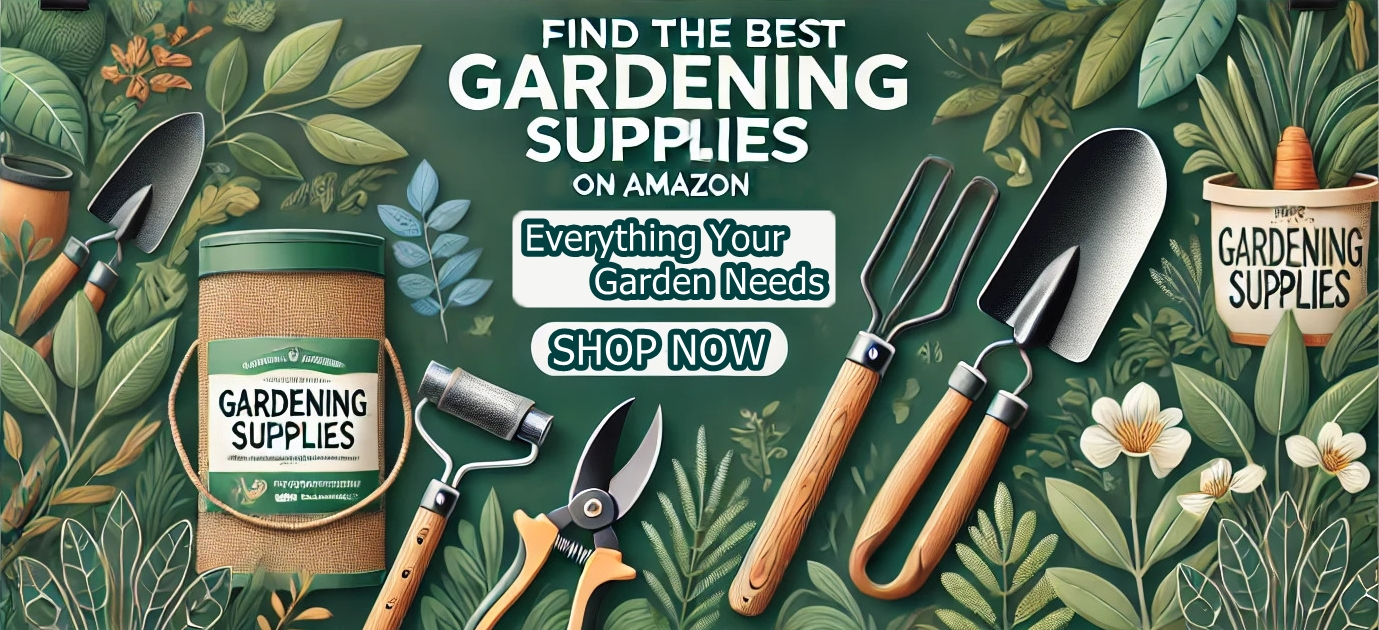
Recognising early signs of pest damage is essential in preventing long-term harm to your hydrangeas. Both slugs and rodents can cause visible symptoms, but understanding the subtle differences in their feeding patterns helps you respond more effectively. Below are key indicators to help identify which pest might be troubling your plants.
Both types of pests prefer moist, sheltered environments. Plants mulched heavily or situated near compost piles, decking, or rockeries are more prone to attack. It's also worth noting that some symptoms may overlap or be mistaken for environmental stress, so regular monitoring is crucial.
Tip: To distinguish between slug and rodent damage, inspect your hydrangeas early in the morning. Slime trails and irregular leaf holes point to slugs, while cleanly chewed bark or sudden wilting suggests rodent activity. Try gently removing mulch around the base to look for burrow holes or teeth marks.
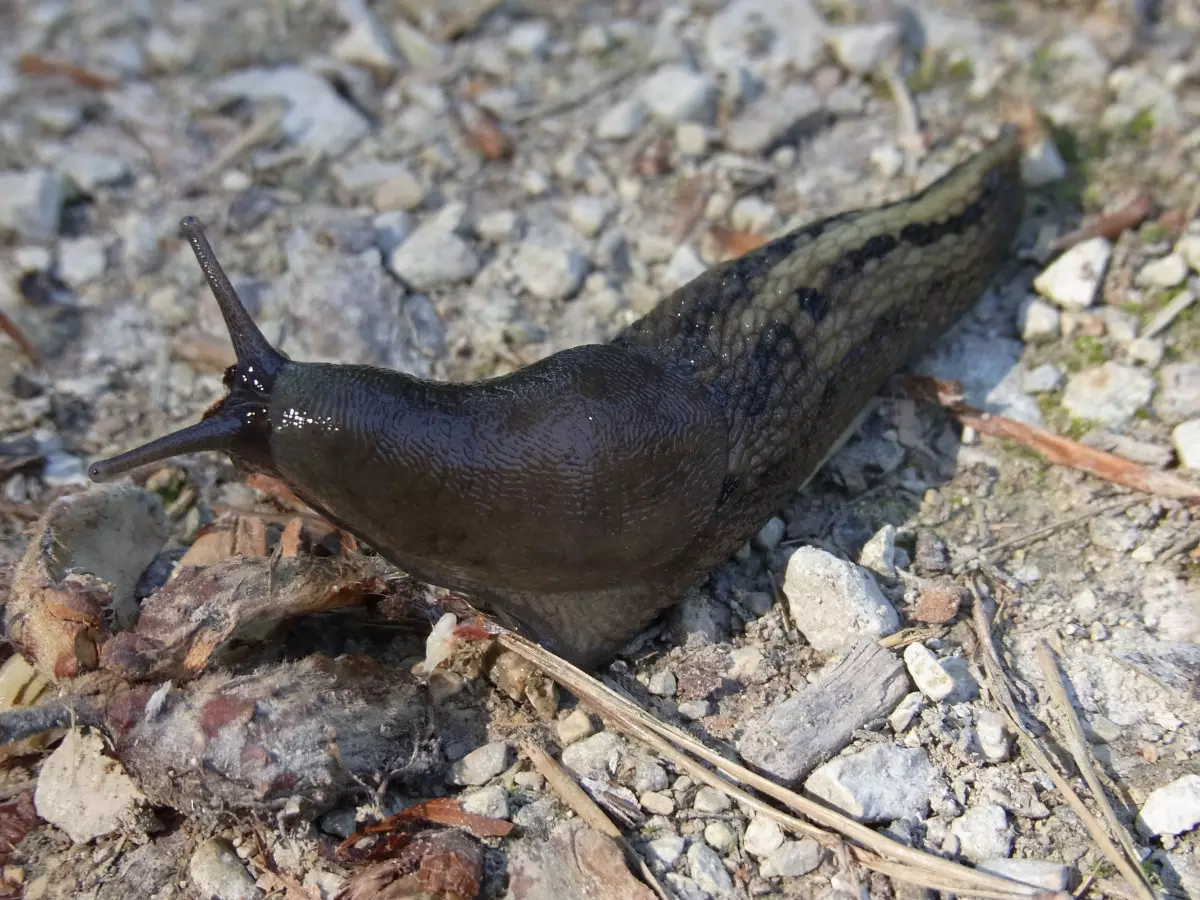
Instead of using lethal traps or harsh chemicals, gardeners can turn to a variety of natural, eco-conscious methods to protect their hydrangeas from slug damage. These gentle approaches are not only effective, but also safer for pollinators, pets, and the surrounding environment.
Copper tape is a popular deterrent among organic gardeners. When slugs attempt to cross the copper, they experience a mild electric-like sensation caused by a chemical reaction with their mucus. This prompts them to turn away, without injury. Apply the tape around pots, raised beds, or directly onto plant supports for best results.
Slugs prefer smooth, damp surfaces, so adding a layer of abrasive mulch can make a huge difference. Materials such as crushed eggshells, sharp horticultural grit, bark chips, or even pine needles create a surface that slugs find unpleasant to cross. Spread a generous ring around the base of hydrangeas to protect new shoots and tender leaves.
Wool-based slug pellets offer a biodegradable and pollinator-safe alternative to traditional chemical solutions. When wet, these pellets expand to form a dense, dry mat that slugs actively avoid. Over time, they also break down and enrich the soil with organic matter—making them a dual-purpose addition to any eco-friendly garden.
Some plants can help repel slugs naturally due to their scent or texture. Try planting rosemary, thyme, sage, or garlic near hydrangeas. These aromatic herbs not only deter slugs but can also attract pollinators and beneficial insects—contributing to a more balanced ecosystem overall. Learn more about building pollinator-friendly hydrangea gardens here.
A simple but highly effective strategy is to adjust your watering schedule. Slugs thrive in damp environments, especially overnight. By watering in the early morning instead of evening, you allow the soil to dry out before nightfall—making your garden less attractive to these moisture-loving pests.
For targeted control of slugs and crawling pests, consider using diatomaceous earth around your hydrangeas. This natural powder, made from fossilised algae, works by dehydrating soft-bodied insects—while being completely non-toxic when applied correctly. It's especially helpful in dry conditions and should be reapplied after rain.
Watch this: Want to see exactly how to apply diatomaceous earth for the best results?
Our full video guide shows you how to protect hydrangeas naturally from slugs, aphids, and even fungal problems—while also improving soil health.
🎥 Insert the video embed just above this tip for maximum impact.
These natural deterrents offer a sustainable alternative to chemical slug pellets, helping you cultivate a garden that’s both hydrangea-friendly and wildlife-safe. When used in combination, they can dramatically reduce slug damage without compromising the health of your soil or the safety of pollinators.
Rodents such as field mice and voles are more than just occasional visitors—they are intelligent, adaptable creatures that often make their homes near or beneath garden beds. Yet, even with their occasional mischief, there’s no need to resort to harmful traps or poisons. With thoughtful, proactive strategies, it's entirely possible to protect your hydrangeas and maintain a humane, ecologically balanced garden.
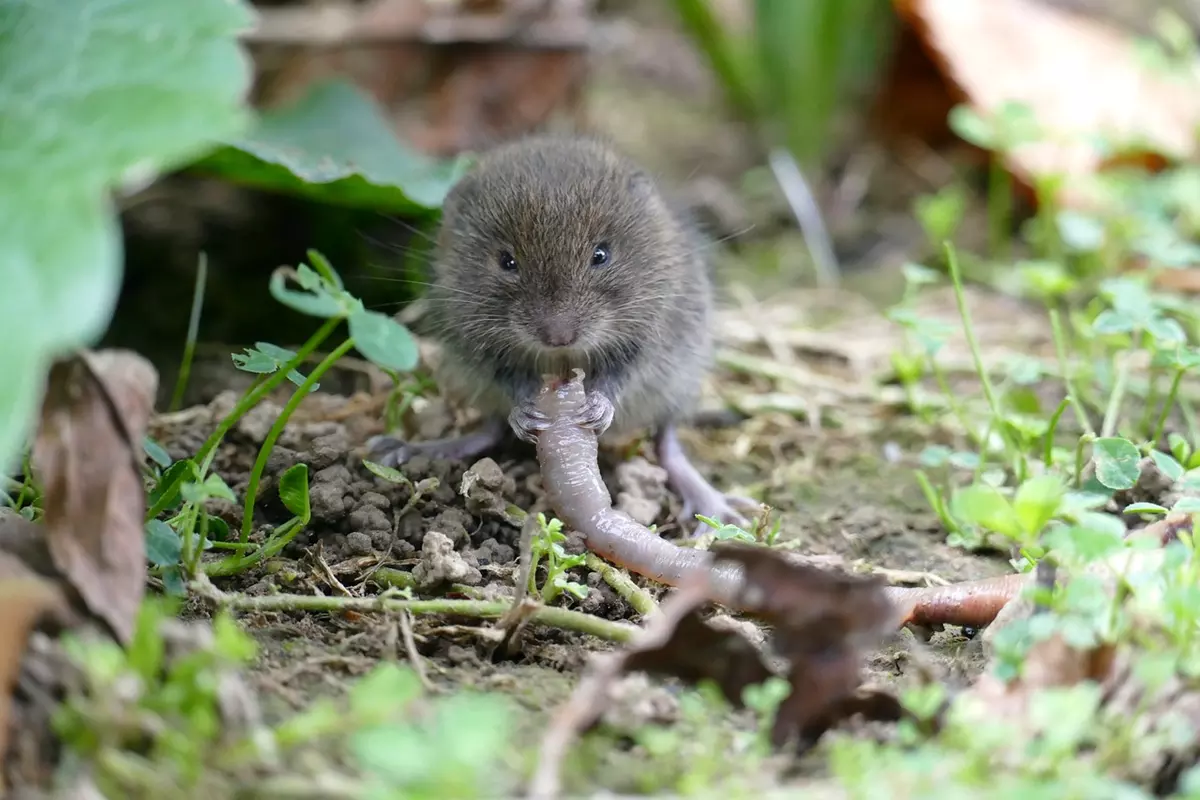
One of the most effective physical deterrents is a fine-gauge galvanised wire mesh or hardware cloth. Wrap it securely around the base of young hydrangeas, extending at least 20–30 cm above ground and 5–10 cm below the soil surface. This protects both roots and stems from gnawing damage and discourages burrowing. Ensure the mesh doesn’t rub against the stem directly—leave a small buffer for growth.
Rodents have a highly sensitive sense of smell, making aromatic deterrents surprisingly effective. Natural solutions like a diluted peppermint essential oil spray (about 10 drops per 250ml of water) or a mild white vinegar solution can be applied to paths and garden borders. Reapply after rain or watering. These scents are unpleasant to rodents but safe for plants and pollinators.
Rodents are opportunistic and prefer cluttered, sheltered areas with reliable food sources. Keep the area around your hydrangeas clean and open by removing tall grass, dense mulch layers, and compost piles from direct proximity. Avoid leaving out pet food, birdseed, or other edibles overnight. This discourages nesting and makes your garden less attractive to small mammals.
Supporting your garden’s food web is one of the most elegant solutions. Owls, hedgehogs, weasels, and outdoor cats are all natural rodent regulators. Install owl boxes in nearby trees, leave quiet corners with logs or dense foliage for hedgehogs, and avoid over-lighting your garden at night—darkness helps these nocturnal allies thrive. By fostering a balanced ecosystem, you reduce rodent issues while supporting biodiversity.
If all gentle and preventative methods have been exhausted and your hydrangeas remain under persistent attack, it may be necessary to consider more direct approaches. These options should always be regarded as a last resort and applied with great care and minimal frequency to avoid disrupting the garden’s ecological balance.
These slug deterrents, commonly sold under organic certification, work by interfering with the slug’s digestive process, ultimately leading to death. While they are considered safer than metaldehyde-based products and are less harmful to non-target species, they still result in the elimination of slugs. Use them sparingly, focusing only on heavily affected areas, and avoid over-application to minimise impact on soil organisms.
Commercial granules containing castor oil or blends of strong essential oils (such as peppermint or garlic) can effectively deter voles and mice through scent-based aversion. These products do not poison or trap rodents, but they can cause stress or displacement, which should not be underestimated. Always choose biodegradable, non-toxic formulations and apply them in well-targeted zones rather than broadcast-spraying across the entire garden.
Devices such as ultrasonic repellents or motion-activated sprinklers may disrupt rodent activity without physical harm. However, they can also affect pets or non-target wildlife, so they must be positioned and used thoughtfully. These tools should be tested first in limited areas to gauge effectiveness and avoid unnecessary disturbance to the broader ecosystem.
Even when frustration builds, the goal remains to resolve pest issues with as little collateral damage as possible. Always reassess your garden’s conditions—excessive mulch, dense groundcover, or overwatering may be contributing factors that can still be modified before resorting to harsher tactics.
Consistent and thoughtful maintenance is one of the most effective ways to prevent pest issues from developing in the first place. Rather than reacting to infestations, focus on creating an environment where slugs, rodents, and other pests are less likely to thrive. These practices not only help protect your hydrangeas but also support the overall health of your garden.
By applying these long-term strategies, you create a resilient garden that can better resist pest pressures without the need for drastic interventions. Prevention is always gentler, more sustainable, and ultimately more rewarding.
Yes, slugs are particularly attracted to young hydrangea leaves, especially those of soft-leaved varieties like Hydrangea macrophylla. They typically feed at night, leaving ragged holes behind.
They can be. Field mice, voles, and even squirrels may gnaw roots, stems, or bark—especially during colder months when food is scarce. Damage often goes unnoticed until plants suddenly wilt or collapse.
Physical barriers like copper tape, rough-textured mulch, and wool pellets are among the safest and most humane methods. These discourage slugs without harming pollinators or pets.
Used coffee grounds may provide a mild deterrent, but results are inconsistent. They’re better used as compost material or to improve soil texture than as a reliable slug control method.
Only iron phosphate pellets are considered safe for organic gardening. However, even these result in slug death and should be used as a last resort in small, targeted amounts.
Slugs are primarily nocturnal and prefer cool, damp conditions. You’re more likely to spot damage than the slugs themselves. Look for slime trails or feed marks in early morning.
Peppermint oil, vinegar, garlic, and ammonia are commonly used natural repellents. These won’t harm the animals but can make areas less attractive to them when reapplied regularly.
Hydrangeas are not especially prone to pests, but their soft stems and roots can be attractive to slugs, rodents, and aphids—especially in shaded, moist conditions.
Yes, thick straw or woodchip mulch can create warm hiding spots for rodents. Use mulch sparingly and keep it clear of plant stems to minimise risk.
Yes, when dry, diatomaceous earth can damage slugs’ protective coating, leading to dehydration. It’s a natural method, but should be used carefully to avoid affecting beneficial insects.
While no variety is fully immune, woody-stemmed types like Hydrangea paniculata or Hydrangea quercifolia are less vulnerable to rodent gnawing compared to softer, herbaceous forms.
Voles leave shallow runways in grass or mulch and can tunnel under plant roots. Signs include wilting plants, gnawed bark at ground level, and small surface holes.
Most natural methods—like diatomaceous earth or peppermint spray—require reapplication after rainfall or watering. Weekly reapplication is typical during peak slug activity.
Ultrasonic devices may offer short-term results, but rodents often become accustomed to them. For best results, combine with scent deterrents and habitat modification.
Early morning is ideal for spotting slug trails and damage, while dusk or evening may reveal actual slug activity. Rodent signs—like soil disturbance or chewed bark—are visible any time.
Protecting hydrangeas in an eco-friendly way is not only possible—it’s highly effective when done with consistency and care. By focusing on natural deterrents, physical barriers, and thoughtful garden design, you can preserve your plants while also supporting the broader ecosystem. Slugs and rodents have their place in nature, but with these gentle strategies, your hydrangeas can flourish undisturbed.

Explore natural and eco-friendly methods to protect hydrangeas from pests and diseases. Learn bee-safe strategies to maintain healthy plants.
Read More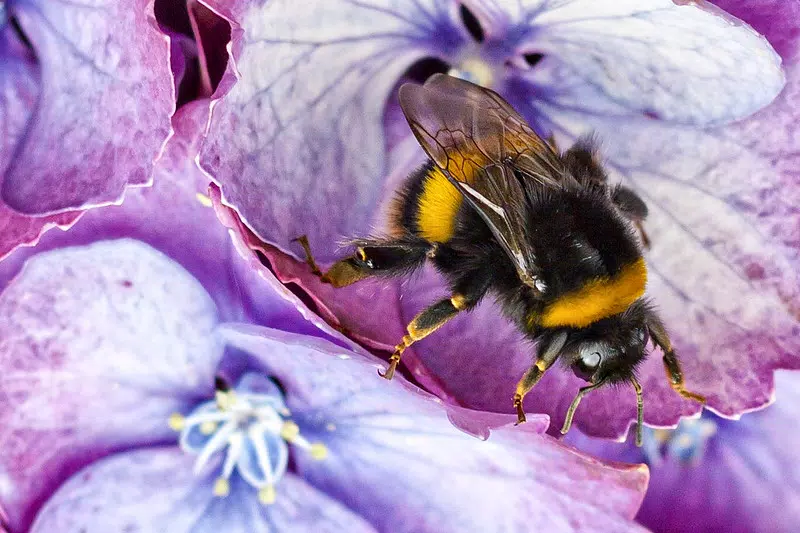
Discover how hydrangeas can enhance your pollinator-friendly garden. Learn about the best hydrangea varieties to attract bees, butterflies, and other beneficial insects.
Read More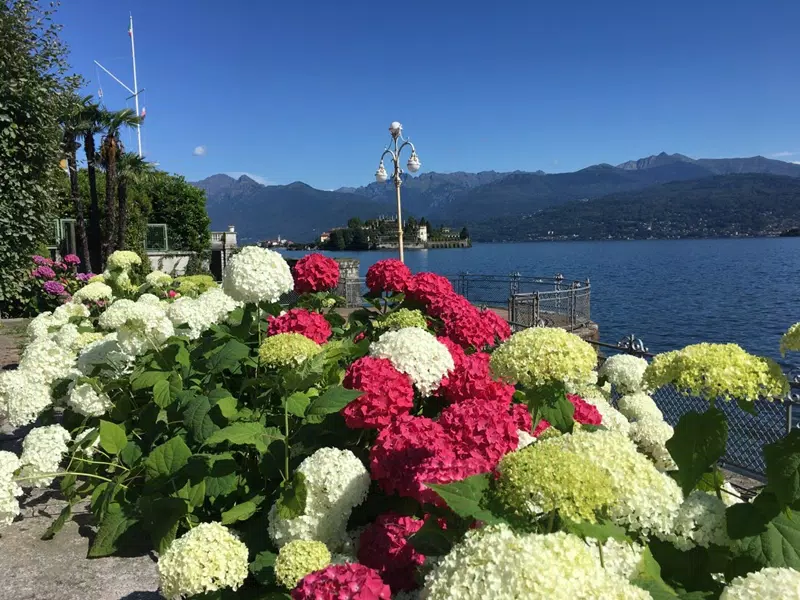
A comprehensive guide on planting and caring for hydrangeas, covering site selection, soil preparation, planting steps, watering, fertilising, pruning, and pest management.
Read More
Discover the most common hydrangea problems and solutions. From wilting to discoloured leaves, find out how to fix issues and keep your hydrangeas healthy and blooming.
Read More
Learn how to identify and treat common hydrangea diseases effectively. Find solutions for leaf spots, powdery mildew, rust, and more to keep your hydrangeas healthy.
Read More
Discover how to care for hydrangeas in hot climates with this comprehensive guide. Learn tips for heat-tolerant varieties, watering, soil preparation, and more.
Read More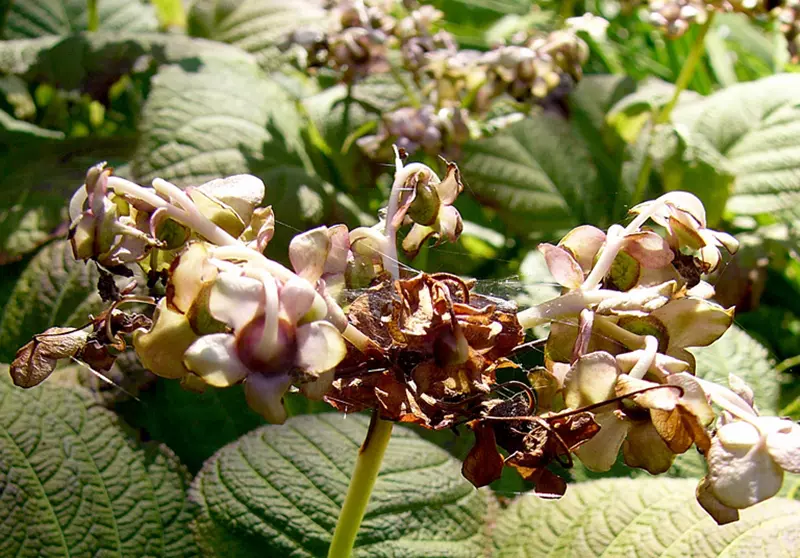
Discover expert tips to prevent hydrangea flowers from wilting prematurely. Learn the causes and solutions for maintaining vibrant and healthy blooms in any garden.
Read More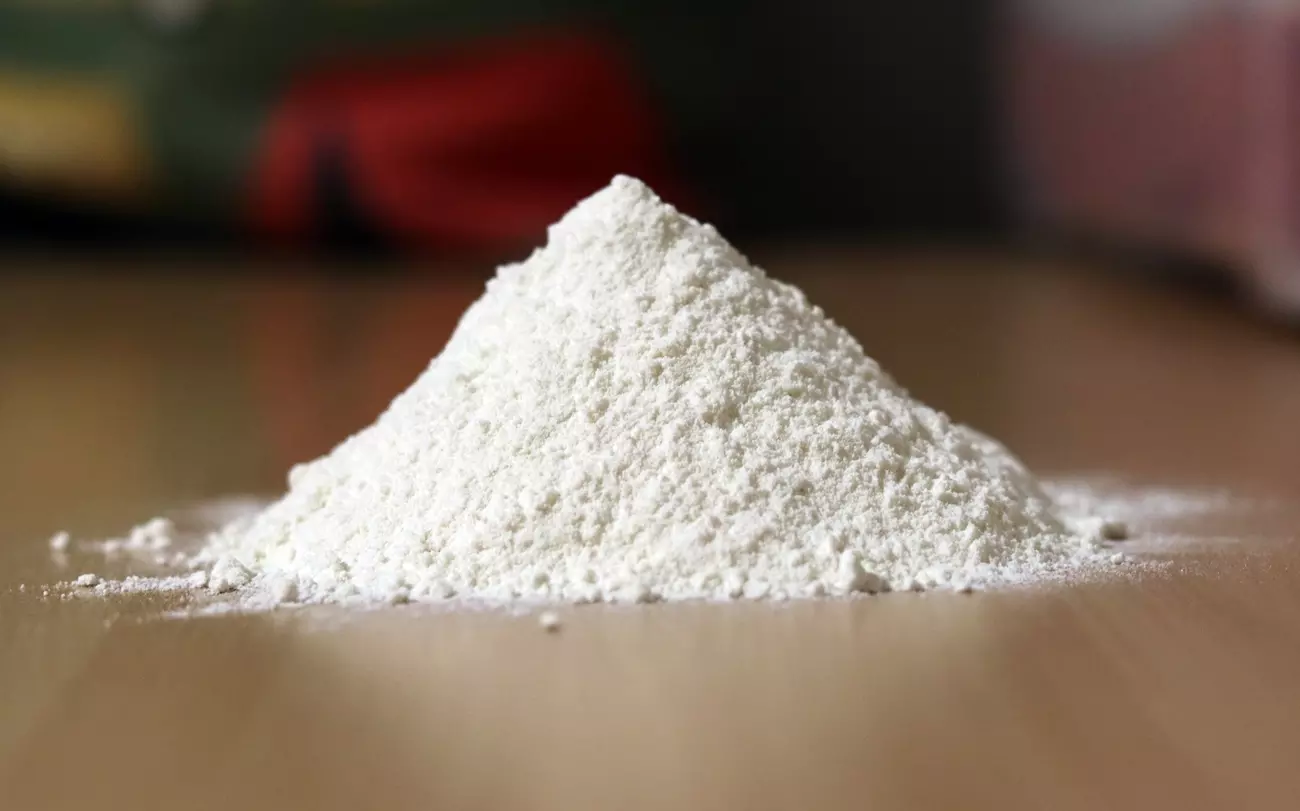
Discover the benefits and techniques of using diatomaceous earth for hydrangeas. Learn how to apply DE effectively for pest control and soil improvement.
Read More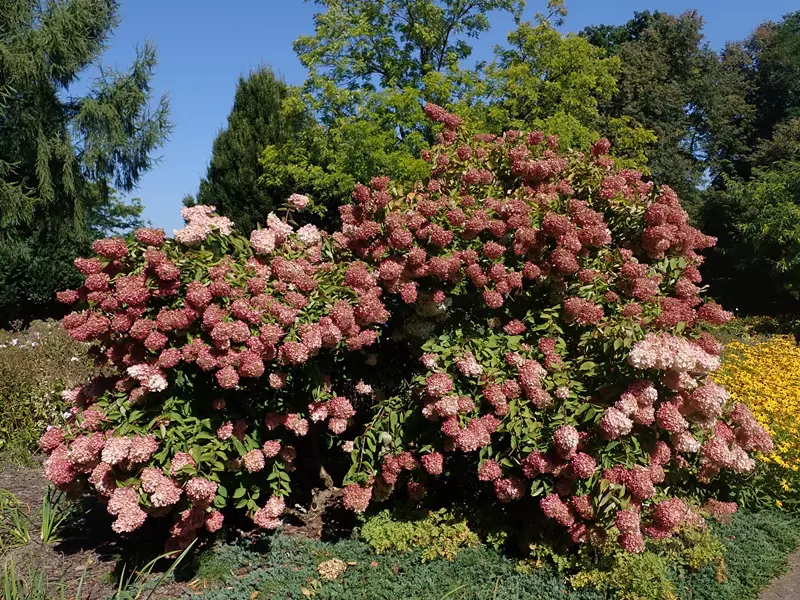
Explore the causes of drooping hydrangeas and learn how to prevent and fix common issues. Tips on watering, pruning, and soil care for healthy blooms.
Read More